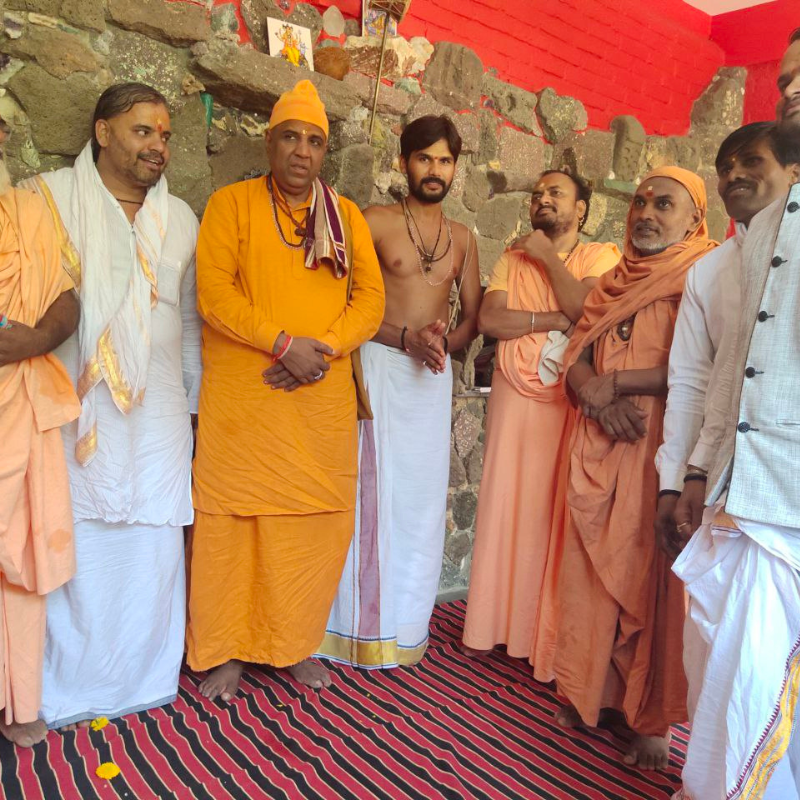Meditation is one of India’s most ancient and sacred techniques of self-realization. Over 5,000 years ago, Lord Krishna described the essence of meditation in the Shrimad Bhagavad Gita—a timeless guide to conscious living.
The word “Meditation” means seeing things as they truly are. It is the process of self-purification through self-observation. The journey begins by simply observing the natural breath—calming the mind and sharpening awareness.
In the Gita, Lord Krishna beautifully explains the meditative posture and attitude:
समं कायशिरोग्रीवं धारयन्नचलं स्थिरः।
सम्प्रेक्ष्य नासिकाग्रं स्वं दिशश्चानवलोकयन्॥१३॥
प्रशान्तात्मा विगतभीर्ब्रह्मचारिव्रते स्थितः।
मनः संयम्य मच्चित्तो युक्त आसीत मत्परः॥१४॥
“Holding the body, head, and neck upright and steady, one should fix the gaze at the tip of the nose, without looking around. With a serene and fearless mind, firm in the vow of celibacy, with self-discipline and mind focused on Me (the Supreme), the yogi should sit in meditation, making Me the ultimate goal.” — Bhagavad Gita, Chapter 6: Verses 13–14
As the practitioner observes the ever-changing nature of body and mind, they begin to directly experience the universal truths of impermanence, suffering, and egolessness. This direct insight becomes the foundation for real inner purification.
Universal Practice – Beyond Religion or Boundaries
Meditation is a universal technique for universal problems. It is not confined to any one religion, sect, or tradition. Its beauty lies in its simplicity and inclusiveness—it can be practiced by anyone, anywhere, at any time, regardless of race, community, or belief system. Whether you seek peace, clarity, healing, or liberation, meditation leads you inward—where all answers ultimately reside.
Meditation is not escape—it is the return to our truest self.




